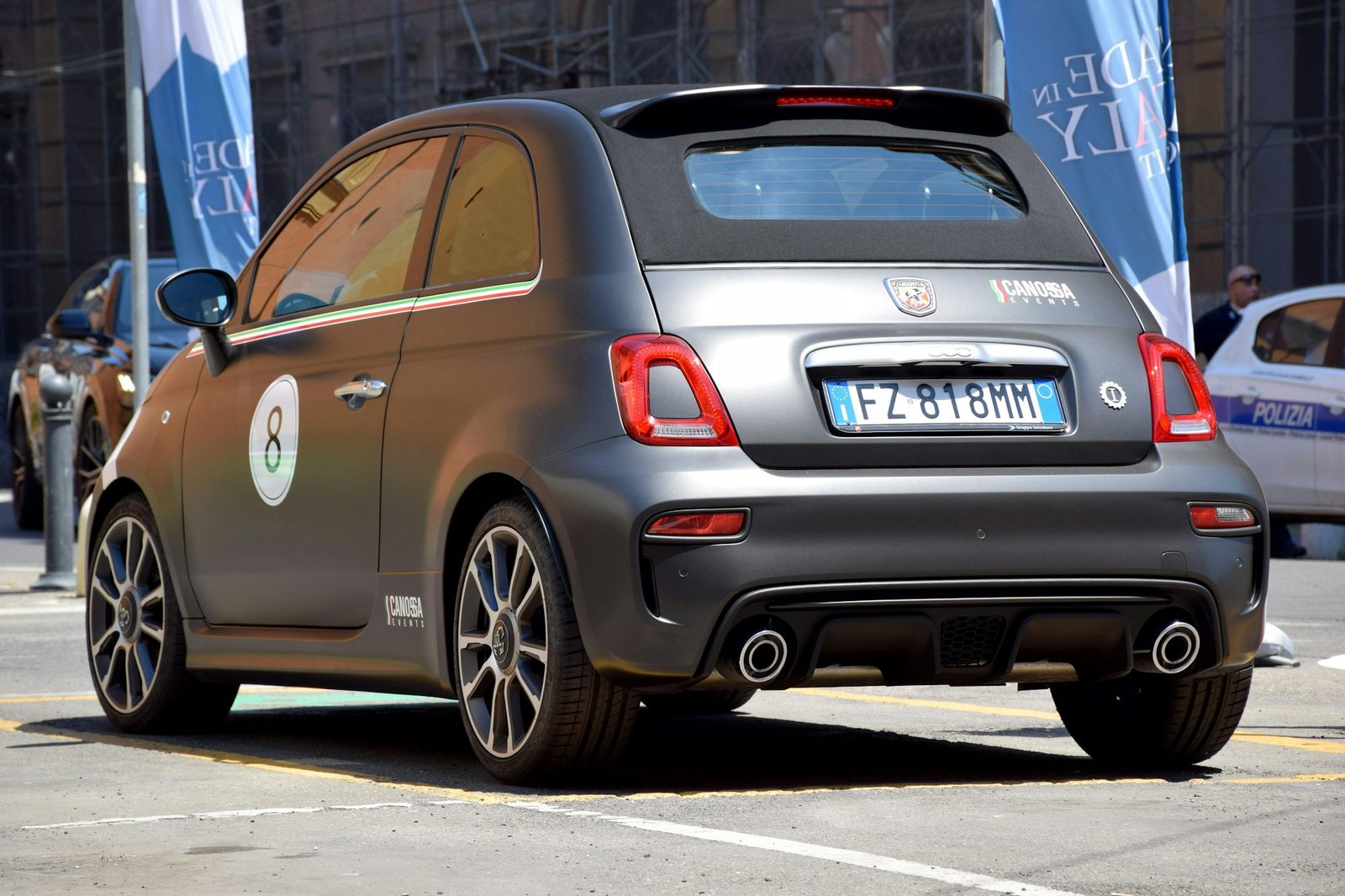
vehixor.shop
This Used cars article Luxury cars explores the Cars technological New cars advancements in supercars, focusing on how they enhance performance and pave the way for Car models sustainable driving.The world of supercars is synonymous with performance, speed, and innovation. As automotive technology continues to evolve, manufacturers are embracing groundbreaking advancements that enhance the driving experience while addressing environmental concerns. In this article, we will explore the key technologies driving supercar development, examining how these innovations shape the future of high-performance vehicles. One of the most significant advancements in supercar technology is the integration of hybrid and electric powertrains. Traditional combustion engines have long been the backbone of performance vehicles, but the rise of hybrid technology offers a new dimension of power and efficiency. Manufacturers like Ferrari and Porsche have successfully developed hybrid models that combine the thrill of a high-performance engine with electric motors, resulting in a remarkable balance of power and sustainability. The Ferrari SF90 Stradale, for example, showcases a potent V8 engine paired with three electric motors, enabling it to deliver breathtaking acceleration while reducing emissions. Electric vehicles are also making waves in the supercar arena, with brands like Rimac and Lotus leading the charge. The Rimac C_Two is a prime example of how electric technology can redefine performance. With an all-electric powertrain that delivers instant torque, the C_Two accelerates from 0 to 60 mph in just 1.85 seconds, setting a new benchmark for electric supercars. This shift toward electric power not only enhances performance but also addresses the growing demand for sustainable driving solutions. In addition to powertrains, advanced aerodynamics play a crucial role in supercar design. Manufacturers utilize wind tunnel testing and computational fluid dynamics (CFD) to refine the shapes of their vehicles, ensuring optimal airflow and reduced drag. The McLaren P1, for instance, features active aerodynamics that adjust based on speed and driving conditions, maximizing downforce and stability. This attention to detail allows supercars to maintain control at high speeds while improving overall performance. Lightweight materials are another vital aspect of supercar technology. Carbon fiber and aluminum have become the materials of choice for high-performance vehicles due to their strength-to-weight ratio. By utilizing these lightweight materials, manufacturers can reduce the overall weight of the car, enhancing acceleration, handling, and fuel efficiency. The Lamborghini Huracán, with its extensive use of carbon fiber, exemplifies how weight reduction contributes to a New cars thrilling driving experience. Furthermore, advancements in suspension technology have revolutionized the way supercars handle on the road and track. Adaptive suspension systems, which adjust damping settings based on driving conditions, provide a perfect blend of comfort and performance. The Mercedes-AMG GT, for instance, features an adaptive suspension that allows drivers to switch between comfort and sport modes, ensuring an exhilarating ride regardless of the terrain. These systems enhance driving dynamics, allowing for better cornering and overall handling. As supercars embrace more technology, the interior experience has also evolved. Modern supercars feature advanced infotainment systems, customizable displays, and driver-assistance technologies that enhance both convenience and safety. The Audi R8, for example, offers a virtual cockpit that provides drivers with real-time data and navigation while maintaining an intuitive interface. This integration of technology ensures that drivers remain connected without compromising the excitement of the driving experience. Another area where supercars have seen innovation is in braking technology. Carbon-ceramic brakes have become standard in many high-performance vehicles, offering superior stopping power and resistance to fade during intense driving conditions. These brakes not only enhance safety but also contribute to overall performance by allowing for shorter stopping distances and improved control. The Bugatti Chiron, known for its staggering speed, is equipped with advanced braking systems that provide the driver with confidence and precision, even at high velocities. The integration of artificial intelligence (AI) and data analytics is also beginning to influence the supercar industry. Manufacturers are utilizing AI to enhance vehicle performance and provide a more tailored driving experience. For example, predictive analytics can optimize engine performance based on driving habits, while AI-assisted systems can adapt to changing conditions in real-time. This level of personalization allows drivers to experience their supercars in ways that were previously unimaginable. Sustainability is becoming a driving force behind supercar innovation. As environmental concerns grow, manufacturers are exploring alternative fuels and eco-friendly technologies. The Acura NSX, for instance, incorporates a hybrid powertrain designed to maximize performance while minimizing environmental impact. By focusing on sustainable practices, supercar manufacturers are not only addressing consumer demand but also paving the way for the future of automotive engineering. Looking ahead, the future of supercars promises even more exciting advancements. With the rise of autonomous driving technology, manufacturers are beginning to explore how self-driving capabilities can coexist with the exhilarating experience of driving a supercar. While the idea of autonomous supercars may seem contradictory, the potential for enhanced safety and convenience opens new possibilities for performance vehicles. In conclusion, the technological advancements in supercar design reflect a commitment to performance, innovation, and sustainability. As manufacturers continue to push the boundaries of engineering, the integration of hybrid and electric powertrains, advanced aerodynamics, lightweight materials, and cutting-edge technology will redefine the supercar experience. The future of supercars is not just about speed; it is about creating a driving experience that is exhilarating, sustainable, and connected, ensuring Cars that these remarkable machines continue to capture the hearts of automotive enthusiasts for generations to come.